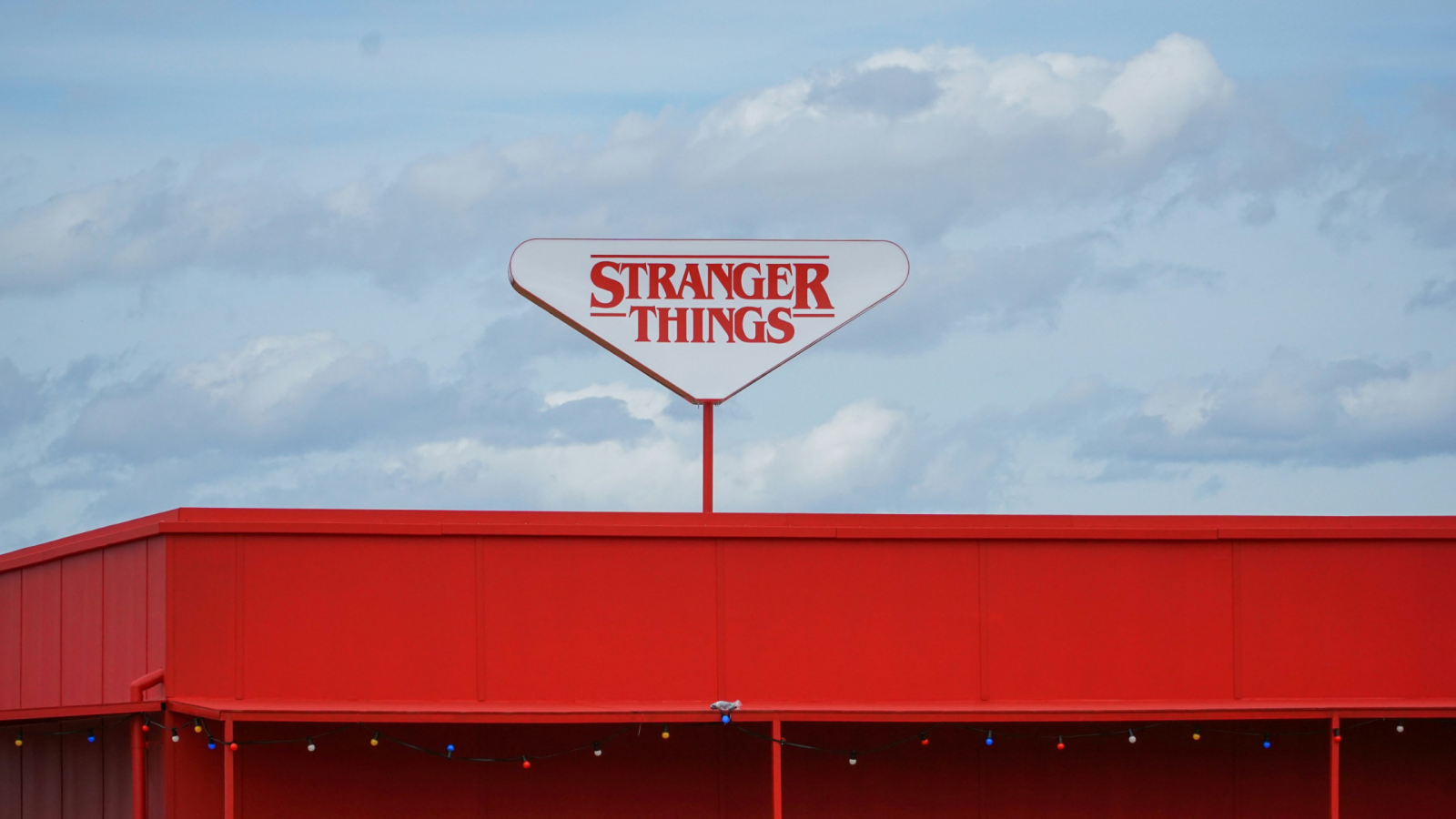Should streaming services produce TV shows in a linear format?

Photo: Rafal Werczynski

Streaming video on demand (SVOD) giant Netflix is famous for cultivating the binge-watch phenomenon, fuelled by the popularity of its originals. In the pre-streaming era, people were dependent on traditional scheduled TV for engaging with TV shows. MIDiA Research’s Q1 2019 Consumer Survey reveals that 73% of UK respondents still watch live TV on TV screens, underlining how significant linear TV remains in the lives of mainstream consumers. TV show Game of Thrones (GoT) and Stranger Things provide a good case study of how linear TV can still thrive today.
Increasing viewership
On 4 July, Netflix released the highly anticipated Stranger Things season three. Netflix revealed that 40.7 million global household accounts watched the show and 18.2 million subscribers completed all eight episodes over a 4-day period. With 148.9 million subscribers globally, this means only 12% binge-watched Stranger Things 3. In comparison, HBO stated that the GoT season eight premiere had 17.4 million viewers, of which 68% watched it on linear channel. On a four-day average, Stranger Things boasts 10.1 million viewers.
If Netflix adopted the linear TV format for Stranger Things, then potentially its peak post-launch viewership could have been higher. One could argue that it’s unfair to pit the two shows against each other considering one has been long running compared to the other, allowing for more time to build brand awareness and following. However, MIDiA Index shows that the difference in show awareness and fandom does not differ much. GoT has 76% show awareness and 39% fandom; Stranger Things has 60% show awareness and 35% fandom.
Longer lasting hype
GoT‘s strong viewership records were mirrored by its successful social media footprint. The release schedule of one episode per week allowed it to create a consistent and long-lasting buzz. The linear format allowed the show to stretch and amplify the hype after each episode, leading up to the finale. Google Trends shows that interest in Stranger Things is already significantly tapering off, with google searches halving in the week following the season three release.
Featured Report
India market focus A fandom and AI-forward online population
Online Indian consumers are expected to be early movers. They are high entertainment consumers, AI enthusiasts, and high spenders – especially on fandom. This report explores a population that is an early adopter, format-agnostic, mobile-first audience, with huge growth potential.
Find out more…The success of a show does not solely rely on good script writing, cast and marketing; a lot of it comes from word-of-mouth, as it was especially before the existence of social media. A linear format allows and encourages people to focus purely on a single episode, making it much easier to generate and retain the excitement around it. From drama points to a Starbucks cup gaff, there’s always something new for everyone to talk about. With an entire season of multiple episodes released, it becomes harder for viewers to break down the episodes and discuss minute details together. More often than not, they merely end up discussing if this season fared better than the previous.
In a nutshell
In a peak attention economy where consumers are becoming increasingly selective about how and where time is allocated, the reversal of binge-watching to a linear format could revitalise show engagement. Yes, it’s going to be hard to replicate GoT’s success. Yes, not all shows will thrive in a linear format. This is where streaming services need to experiment and carefully consider each individual show on its core merits. Ironically, SVOD disruptors who have been shaking up the tectonic plates in the TV and video industry could return to tried and tested analogue native release models in order to cut through in the content-saturated digital economy.

The discussion around this post has not yet got started, be the first to add an opinion.